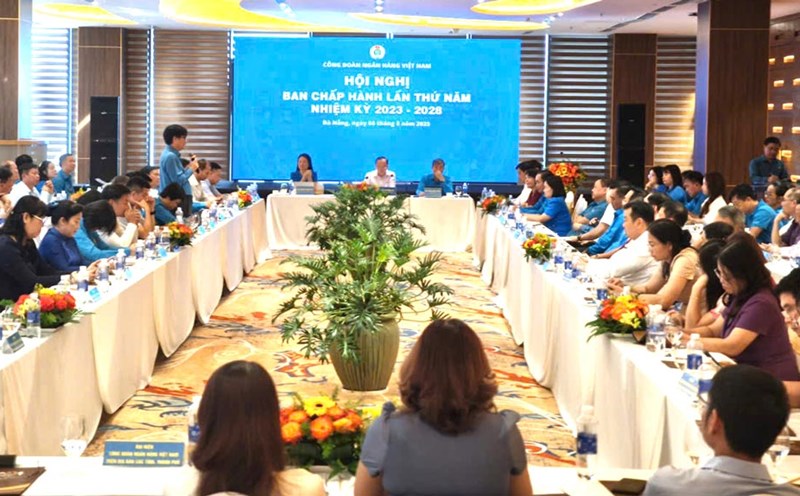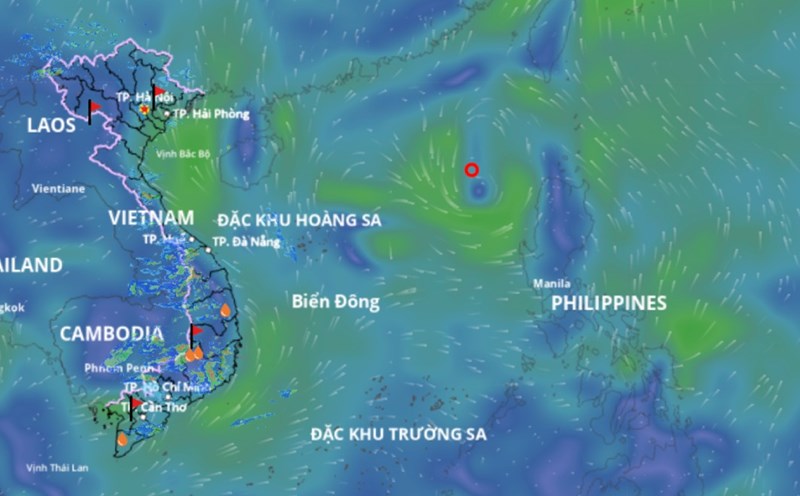The name chikungunya comes from the Kimakonde language of the Tanzani and Mozambique people, meaning other congress describing the severe joint pain symptoms that patients often experience.
Normally, patients can recover within a week. However, joint pain can last for many months, even years. There is currently no specific treatment, but the overall mortality rate is low, except for high-risk groups such as infants, the elderly and people with underlying diseases (cardiovascular disease, diabetes, etc.).
The virus is transmitted when a mosquito carrying pathogens bites a healthy person, putting the virus in the blood. Conversely, if a mosquito is not infected with a virus that bites an infected person, it can become an intermediary for spreading the disease to others.
According to the European Center for Disease Control and Prevention (ECDC), from the beginning of 2025 to now, the world has recorded about 240,000 cases of chikungunya virus and 90 deaths in 16 countries.
In China, a strong outbreak since late June has caused about 7,000 cases, mainly in the city of foshan, Guangdong Province. This is the largest outbreak in China since the country recorded the first case in 2008.
Chikungunya is not a new infectious disease. It has been around since the 1950s, with outbreaks becoming more common in tropical areas in recent decades.
The disease caused by the Chikungunya virus has not yet had a specific treatment method, spread mainly through Aedes mosquitoes, including the group of ards infected with dengue and zika viruses, as well as being able to cause rapid outbreaks on a large scale.
The World Health Organization (WHO) on July 22 called for urgent action to prevent the return of the epidemic caused by the Chikungunya virus, as new outbreaks affecting many African islands in the Indian Ocean are spreading.
Symptoms of Chikungunya
Symptoms of this disease usually appear 3 to 7 days after being bitten by a mosquito. The typical symptoms of the disease are fever above 39 degrees Celsius, multiple joint pain on both sides and asymmetrical, which can be severe and weak.
Other symptoms may include headaches, muscle pain, arthritis, conjunctivitis, nausea, vomiting or rashes.
Although the disease rarely causes death, symptoms of the disease can become serious and cause disability such as craniot nerve paralysis, meningitis, etc. Most people will feel healthier within a week, but joint pain can last for many months.
Measures to prevent and treat chikungunya
The most effective preventative measure is to avoid mosquito bites.
Health authorities recommend that people should wear long-sleeved clothes, use mosquito repellent, remove mosquito breeding sites (backlogged water), be in air conditioned environments or use mosquito nets.
There is currently no specific treatment for chikungunya. Treatment is mainly to relieve symptoms through rest, drinking plenty of water and taking painkillers.
However, the US Centers for Disease Control and Prevention (CDC) warns against using non-steroidal anti-inflammatory drugs (NSAIDs) if the possibility of dengue infection has not been ruled out, as these drugs can increase the risk of internal bleeding.











